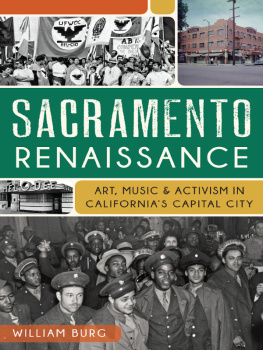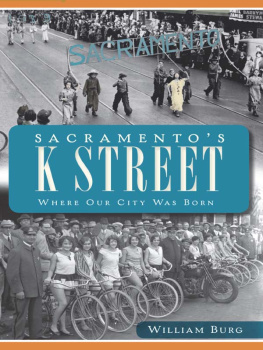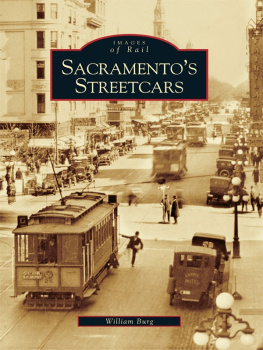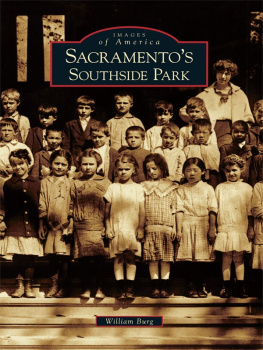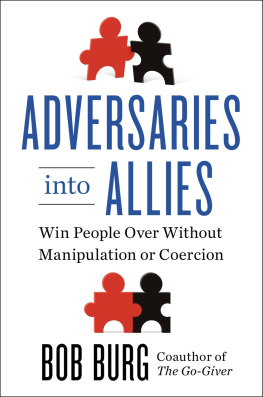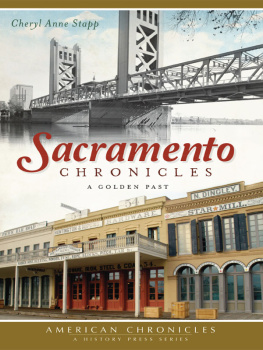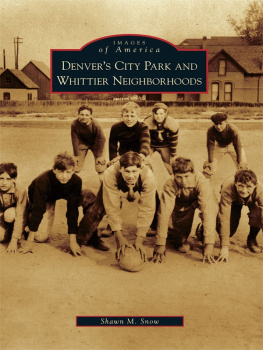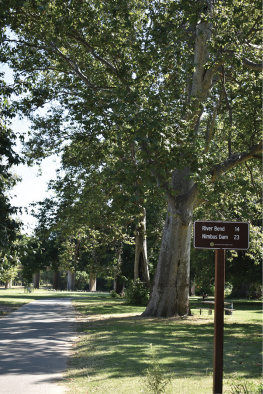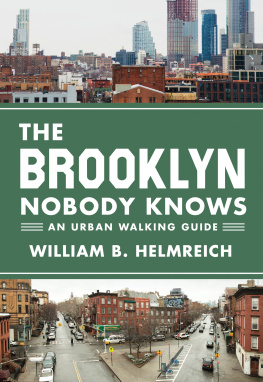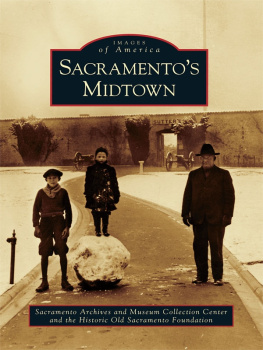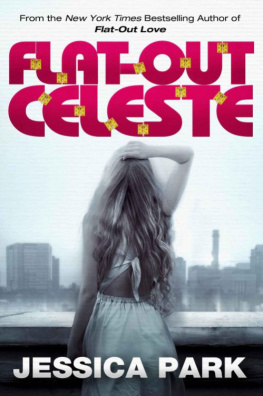
Published by The History Press
Charleston, SC 29403
www.historypress.net
Copyright 2013 by William Burg
All rights reserved
Front cover, top right: Authors collection.
First published 2013
e-book edition 2013
Manufactured in the United States
ISBN 978.1.62584.004.2
Library of Congress Cataloging-in-Publication Data
Burg, William.
Sacramento renaissance : art, music and activism in Californias capital city / William Burg.
pages cm
Includes bibliographical references and index.
print edition ISBN 978-1-60949-939-6 (paperback)
1. Sacramento (Calif.)--Intellectual life--20th century. 2. Sacramento (Calif.)--Social life and customs--20th century. 3. Sacramento (Calif.)--Politics and government--20th century. 4. Neighborhoods--California--Sacramento (Calif.)--History--20th century. 5. Artists--California--Sacramento (Calif.)--History--20th century. 6. Arts--California--Sacramento (Calif.)--History--20th century. 7. Music--California--Sacramento (Calif.)--History--20th century. 8. Political activists--California--Sacramento (Calif.)--History--20th century. 9. Social movements--California--Sacramento (Calif.)--History--20th century. I. Title.
F869.S12B8693 2013
979.454--dc23 [B] 2013030785
Notice: The information in this book is true and complete to the best of our knowledge. It is offered without guarantee on the part of the author or The History Press. The author and The History Press disclaim all liability in connection with the use of this book.
All rights reserved. No part of this book may be reproduced or transmitted in any form whatsoever without prior written permission from the publisher except in the case of brief quotations embodied in critical articles and reviews.
Contents
Acknowledgements
The greatest single contributor to this book was Socorro Zuniga, a social worker, activist, artist, mother and historian. She provided many photos and reference materials from her personal collection and hours of interviews about her eighty-five years in Sacramento. Her pride in the accomplishments of her family, culture and community and her dedication to sharing the citys legacy are apparent in her artwork, using the name Mareia de Socorro. She was witness to the dramatic changes and cultural revival that make up every chapter of this book and recorded her observations for future generations.
Interviews for this book were conducted with Mickey Abbey, John Baccigaluppi, Marie Balshor, Dennis Bylo, Joy Gee, Tim Holt, Jeff Hughson, Bill Jennings, Tony Lopez, Stan Lunetta, Burnett Miller, Dennis Newhall, Johan Otto, George Raya, Joan Riordan, Anne Rudin, Josie Talamantez, Richard Tolmach, Manny Viera, Dr. Herbert Yee, Masako Yniguez and Socorro Zuniga. Many also supplied photographs, articles, books, posters and other documents. Other quotes were taken from oral history interviews conducted by Clarence Caesar in 1984, with Vincent Ted Thompson, Nathaniel Colley and Robert Canson, and from an interview with Rick Stokes for the GLBT Historical Society.
Archival sources consulted include the California State Library; Sacramento Public Librarys Sacramento Room; CSUS Library, Department of Special Collections; Chico State University Library; UC Davis Shields Library, Department of Special Collections; Lavender Library Archives and Cultural Exchange; and the Center for Sacramento History. Archivists Ron Grantz at LLACE, Patricia Johnson and Rebecca Crowther at CSH and librarians Tom Tolley and Amanda Graham at the Sacramento Room provided invaluable assistance. Other images and reference materials were provided by Susan Ballew, Sam Kanelos Jr. and the Sacramento Rock and Radio Museum.
My parents, William and Maria Burg, also inspired this book. My father brought our family to California to attend UC Davis. Dads (and my) love of trains meant trips to the California State Railroad Museum and the Sacramento Model Railroad Club on J Street. Moms volunteer work with Mothers Emergency Stress Service introduced me to downtown Sacramento in the 1970s and taught me the importance of service to the community. My aunt, Michelle DeVita Fong, showed me more sides to Midtown life in the 1980s, introducing me to the neighborhoods coffee shops, vintage clothing shops and bookstores, beautiful homes and tree-lined streets and some of the iconoclastic and creative individuals who lived there.
Introduction
The Biggest Lie in the West
The first time we came here, we flew into Executive Airport. There was a couple sitting on the other side of the plane, and the man said to the woman, Janie, everything there is to see in Sacramento you can see outside of this window.I was thinking, Oh dear, Im going to have to live here? But there was much more to Sacramento than you could see out of that window. And Ive never regretted coming here.
Anne Rudin
In 1950, Sacramentos central city was home to fifty-eight thousand people. The majority lived in the West End, a multicultural neighborhood surrounding the business district of K Street, generally west of Capitol Park at Tenth Street. North of K Street was Chinatown, alongside the Southern Pacific shops and passenger depot, a community dating back to the Gold Rush known as Yee Fow, Second City. South from K Street to Q Street was Japantown, home to thousands of immigrant and American-born Japanese intermixed with Mexican, African American and Filipino populations. Along the waterfront, about five thousand migrant workers, mostly single men, lived in the Labor Market between the I Street and Tower Bridges. By 1970, the vast majority of this population had been removed by redevelopment projects, highway construction and condemnation of homes. Half the central citys population and approximately ten thousand homes were gone.
Each community that escaped from the West Ends demolition relocated to a nearby neighborhood, reestablished businesses and social traditions and defended its new social space as part of a national struggle for civil rights. Each took elements of its culture and community, including businesses, churches, social institutions and traditions, almost like packing a survival kit into the lifeboat of a sinking ship. They unpacked their survival kits in their new homes and began again. Their rebirth in new neighborhoods fostered a generation of creative activists who celebrated their culture and called for social change through art, music and activism. Alongside this rebirth, two new neighborhoods emerged in the central city, inspired by the social movements of the 1960s.

This 1953 religious procession led by Philip Zuniga passes by the Japanese Methodist Church on 4th and O Streets, designed in 1950 by Sacramento architect George Muraki. This modern building was demolished within a decade of its construction, declared blighted by the Sacramento Redevelopment Agency. Socorro Zuniga.
Three neighborhoods became new homes for the West Ends population. Sacramentos African American population moved to Oak Park and North Sacramento; the Mexican population moved north to Alkali Flat and south to Southside Park; and the Japanese and Chinese populations moved primarily to Southside Park. Sacramento State graduate student Ken Lastufka researched this geographic shift, concluding that while the original idea of redevelopment was to address issues of urban poverty, the displacement of the West End simply moved poor people into new neighborhoods, doing little or nothing to address the issues of poverty, substandard housing, racism or economic opportunity. Some of the displaced left the city entirely, but most stayed, moving wherever they legally could. The main beneficiary of redevelopment was the business community, which saw the value of West End real estate increase from about $5 million to $369 million. Redevelopment of downtown Sacramento was the conclusion of a half century of planning by the Sacramento Chamber of Commerce, starting in the early 1900s.
Next page
